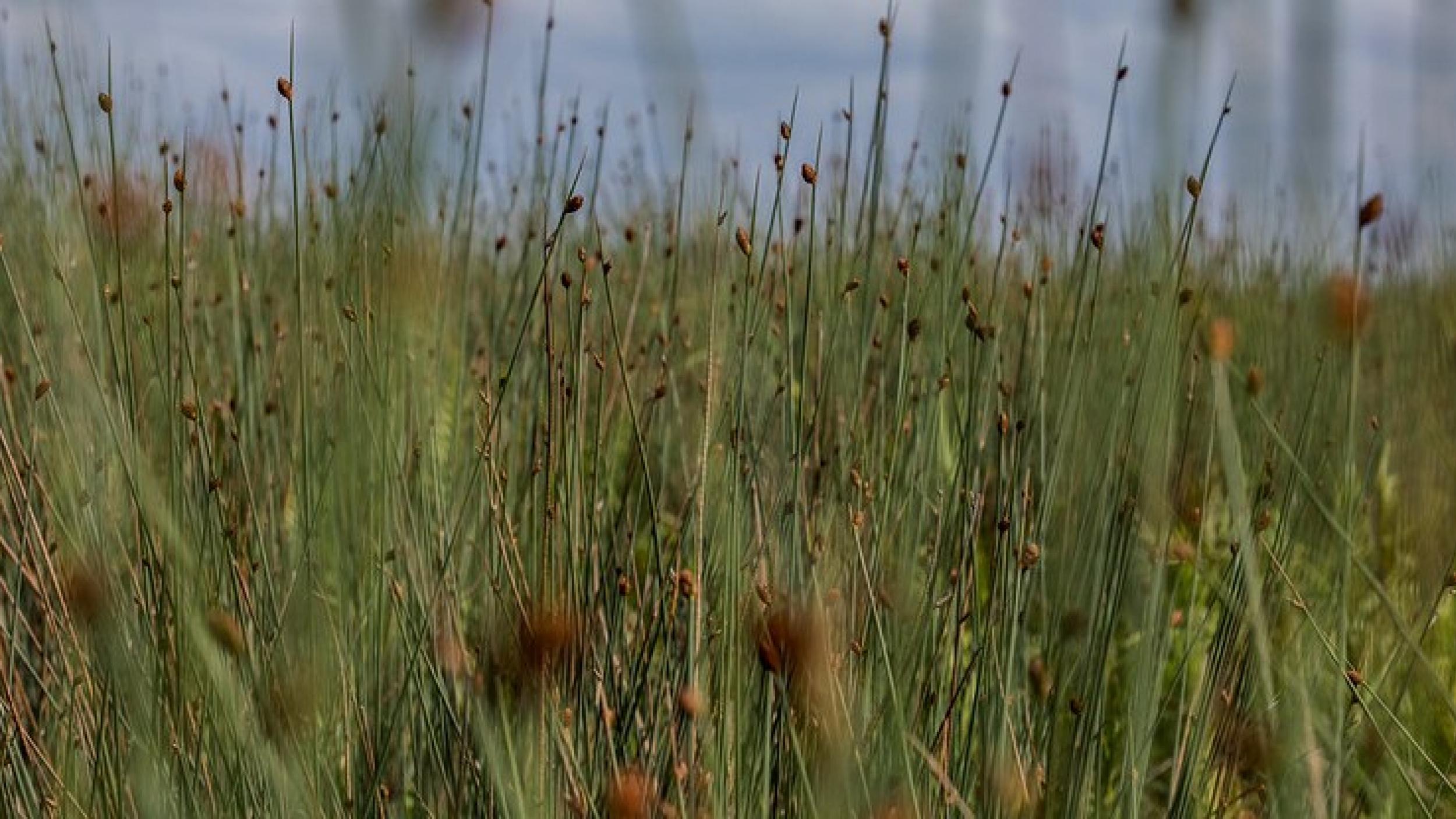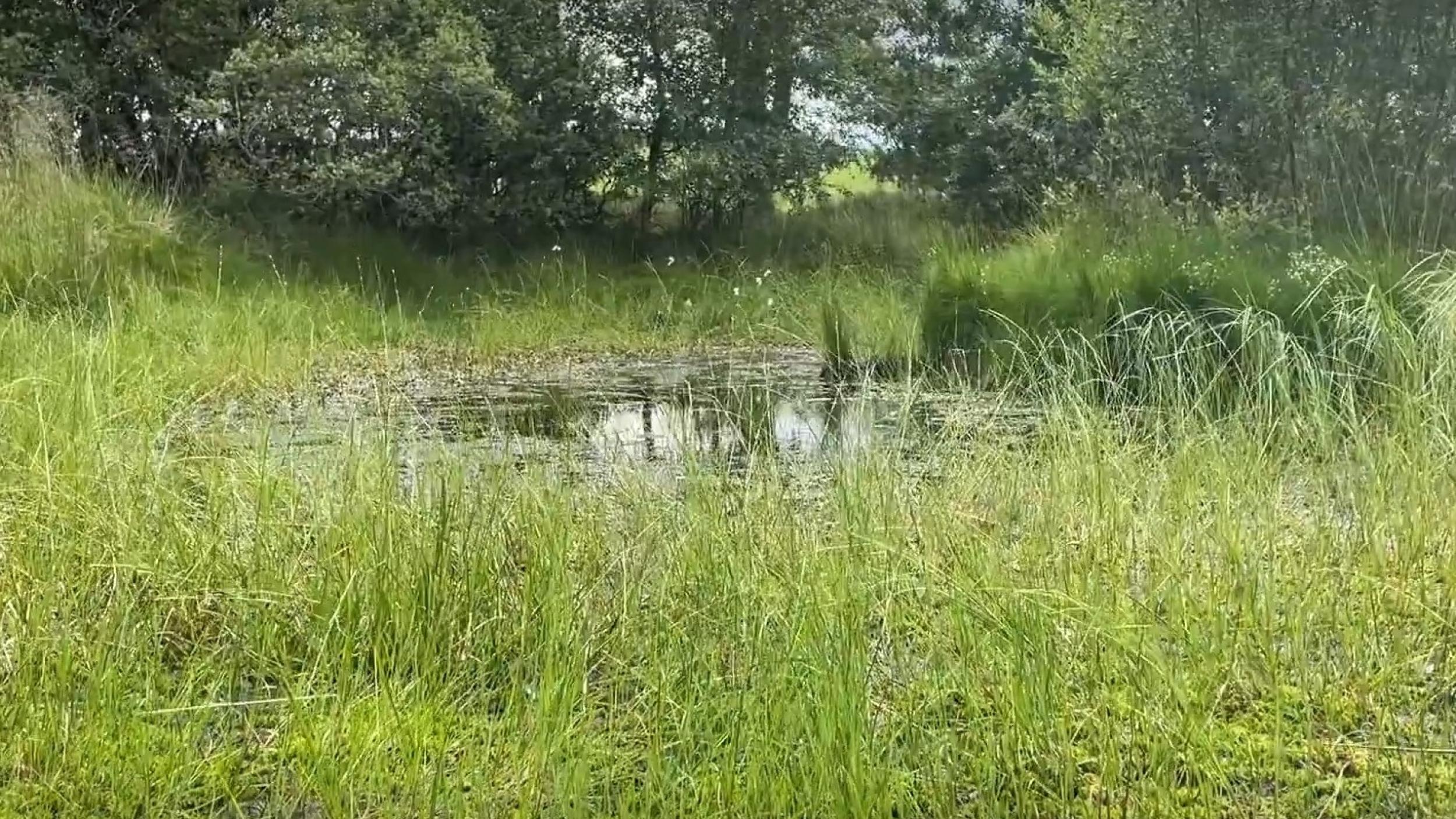
Standardising what we measure in peatlands research
To protect, restore and sustainably manage peatlands, it is necessary to develop and implement effective government policies, and such policies must be based on evidence. However, it is often difficult to integrate data from different research studies, and thus provide evidence, because researchers often measure different things and in different ways. As a result, there is a lot of research waste.

To ensure that research from different studies and sites can be integrated to provide evidence that can be used in policy, researchers need to collect data on the same variables (for example, when measuring things such as water table depths) and present their data in ways that allow comparison (for example, including details such as location and altitude).
According to Mark Reed, Professor of Rural Entrepreneurship at Scotland’s Rural College, “When data are collected on the same variables and in ways that can be readily synthesised, this enables more robust evidence-based policies for protecting, restoring and sustainably managing peatlands”.
Recognizing the need to harmonize the ways peatlands data are collected and reported, the Global Peatlands Initiative coordinated, together with partners, a series of workshops, over three years between 2019 and 2022, in the United Kingdom (UK) about standardising what peatlands researchers measure, bringing together researchers and policy-makers from around the world.
The approach followed at the workshops is shown in Figure 1.
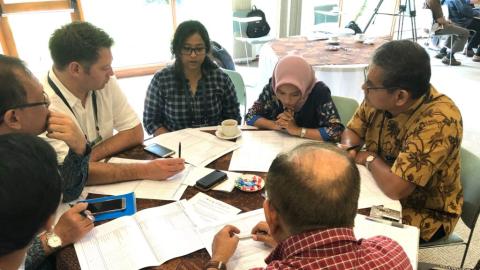
At the workshops, the participants completed the first three steps, identifying and prioritising the most important outcomes that researchers should measure in peatlands research and monitoring.
The approach was trialled in the UK, focusing on blanket and raised bogs, and then replicated at the Center for International Forestry Research (CIFOR) in Indonesia, for tropical peat swamps.
The outcomes identified in the workshops were grouped into four core areas, as shown in Figure 2.

Fire-related outcomes were included in the UK, but they were spread across the domain sets. However, given the importance of fire as a driver of change in tropical peat swamps, an entire domain set was dedicated to the outcomes for this habitat, as shown in Figure 3.
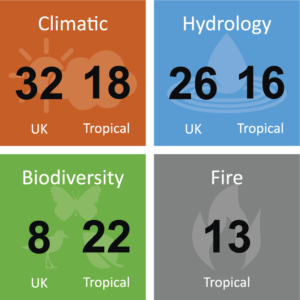
In addition to the four core outcomes, the workshop participants identified a range of contextual variables for measurement and reporting. It was universally accepted by the workshop participants that location data/maps and land use should be reported alongside all climatic, hydrological and ecological data. Without this information, it would be difficult to assess the comparability of data from different studies. However, the importance of other contextual information varied depending on the outcomes being measured. For example, evidence of grazing and burning was deemed to be particularly important to report alongside climatic and ecological data, but less important to report alongside hydrological data, where drainage and rainfall data were deemed more important.
As shown in Figure 4, there is a wide range of outcomes in this case just for the climatic core area in tropical peatlands. The outcomes are colour-coded to show why they are important, in terms of the sorts of evidence and policy questions researchers are trying to answer. Within the climatic core area, three domain sets were prioritised: greenhouse gas (GHG) flux, peat accumulation and loss, and aboveground biomass.
Only the outcomes that at least 70 per cent of workshop participants agreed were important to measure were included. So, for example, more than 70 percent of participants thought it was important to measure emissions from fires in research projects that seek to inform social and economic policies; protection, restoration and sustainable management policies; and climate mitigation policies. On the other hand, measures of bulk density and carbon content of peat were thought to be important for research projects that seek to inform climate policies.
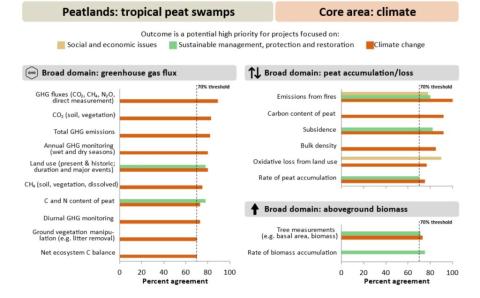
The workshop results indicate that it may be possible to create a unified set of outcomes that should be measured across all peatlands globally, given the overlap between domain sets defined for the UK and the tropics. However, is also clear that additional outcomes need to be prioritised for different peatlands habitats, based on their unique ecology and the drivers of change they are exposed to.
The Global Peatlands Initiative is in the process of finalising the first Global Peatlands Assessment, and is keen for peatlands researchers to engage with this work, so that future assessments can be informed by evidence synthesis methods.
Speculating on other applications of the work, Professor Reed suggested that, “In future, funders of peatlands research and monitoring might require that data collection includes core variables from these sets, alongside other outcomes to meet specific monitoring or research goals. If such outcomes are important for a particular study, then outcomes that are not in the domain sets can also be measured, but it should be noted that there may not be many other researchers measuring these outcomes, and as a result the research results might not be used to inform wider policy until there are enough studies to use in a future meta-analysis”.
“If we are serious about evidence-based policy and practice, the development of core outcomes we can all focus on measuring is of crucial importance. This won’t instantly enable us to harmonise data to create accurate global peat maps, or provide evidence synthesis to support the next decision a government needs to make. But we must stop and think about how we collect and report data now, if we want the data we collect to enable more evidence-based policy and practice in years to come.”
Dianna Kopansky, Global Peatlands Initiative Coordinator from UNEP emphasized just how important this work is in the context of advancing science and evidence for policy-makers working to tackle climate change and biodiversity loss. She observed that “The work shared here is a demonstration of the type of inter-disciplinary and inclusive approach we need to improve research impact, accelerate results and advance the science on peatlands needed for policy makers. Working together to improve access to research and science is a key aspect to help stakeholders implement the UNEA 4 Resolution on the Conservation and Sustainable Management of Peatlands. I deeply appreciate the time and commitment of everyone involved in this dynamic process and look forward to seeing its impact for nature and climate action!”
Read the full paper here: Reed, M., et al. 2022. Peatland core domain sets: building consensus on what should be measured in research and monitoring, Mires and Peat, Vol. 28(26).
Related links:
Video: Standardising what we measure in peatland research and monitoring
Databases for peatland science
World calls for urgent action on peatlands
United Nations Environment Assembly (UNEA) Resolution on Peatlands
Explore other resources
How to monitor peatlands holistically … and practically
Sep 30
Zombie fires are ravaging peatlands in France
Sep 30

